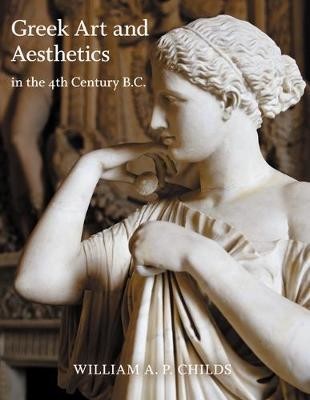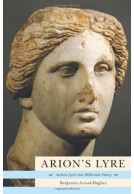Google Books previews are unavailable because you have chosen to turn off third party cookies for enhanced content. Visit our cookies page to review your cookie settings.
Greek Art and Aesthetics in the Fourth Century B.C. (Paperback)
Imprint: Princeton University Press
Series: Publications of the Department of Art and Archaeology, Princeton University
Pages: 592
ISBN: 9780691176468
Published: 31st May 2018
Script Academic & Professional
Series: Publications of the Department of Art and Archaeology, Princeton University
Pages: 592
ISBN: 9780691176468
Published: 31st May 2018
Script Academic & Professional
You'll be £35.00 closer to your next £10.00 credit when you purchase Greek Art and Aesthetics in the Fourth Century B.C.. What's this?
+£4.99 UK Delivery or free UK delivery if order is over £40
(click here for international delivery rates)
Order within the next 3 hours, 33 minutes to get your order processed the next working day!
Need a currency converter? Check XE.com for live rates
(click here for international delivery rates)
Order within the next 3 hours, 33 minutes to get your order processed the next working day!
Need a currency converter? Check XE.com for live rates
Greek Art and Aesthetics in the Fourth Century B.C. analyzes the broad character of art produced during this period, providing in-depth analysis of and commentary on many of its most notable examples of sculpture and painting. Taking into consideration developments in style and subject matter, and elucidating political, religious, and intellectual context, William A. P. Childs argues that Greek art in this era was a natural outgrowth of the high classical period and focused on developing the rudiments of individual expression that became the hallmark of the classical in the fifth century. As Childs shows, in many respects the art of this period corresponds with the philosophical inquiry by Plato and his contemporaries into the nature of art and speaks to the contemporaneous sense of insecurity and renewed religious devotion. Delving into formal and iconographic developments in sculpture and painting, Childs examines how the sensitive, expressive quality of these works seamlessly links the classical and Hellenistic periods, with no appreciable rupture in the continuous exploration of the human condition. Another overarching theme concerns the nature of "style as a concept of expression," an issue that becomes more important given the increasingly multiple styles and functions of fourth-century Greek art. Childs also shows how the color and form of works suggested the unseen and revealed the profound character of individuals and the physical world.
Other titles in the series...
Other titles in Princeton University Press...















